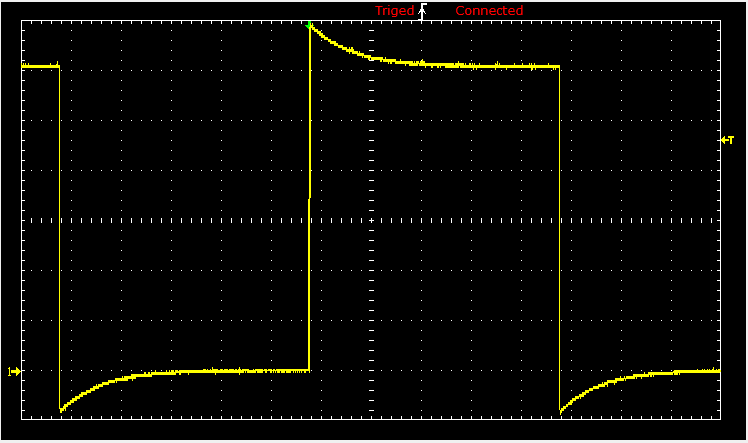Global Positioning System
The basic static navigational solution of the Global Positioning System (GPS) is based upon the simultaneous measurement of the pseudoranges between a set of GPS satellites and a user's receiver. Each pseudorange measurement represents a sphere of position for the receiver centered on the corresponding GPS satellite. The intersection of four or more spheres allows an estimate of the receiver's position and the receiver's clock o€set to be formed. This scenario is referred to as a spherical navigation solution. The GPS static positioning problem is defined as follows: a set of n simultaneous pseudorange measurements as well as the positions & R i ) of the corresponding GPS satellites from which the pseudorange measurements are made; ®nd the solution for the receiver's position
Traditionally, the approach taken to solve this basic navigational problem is to use a gradient solution approach by linearizing the measurements about an initial estimate of the state parameters,

